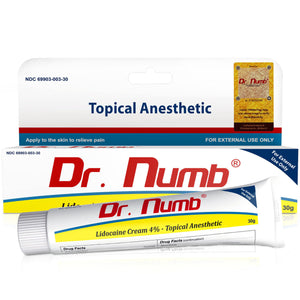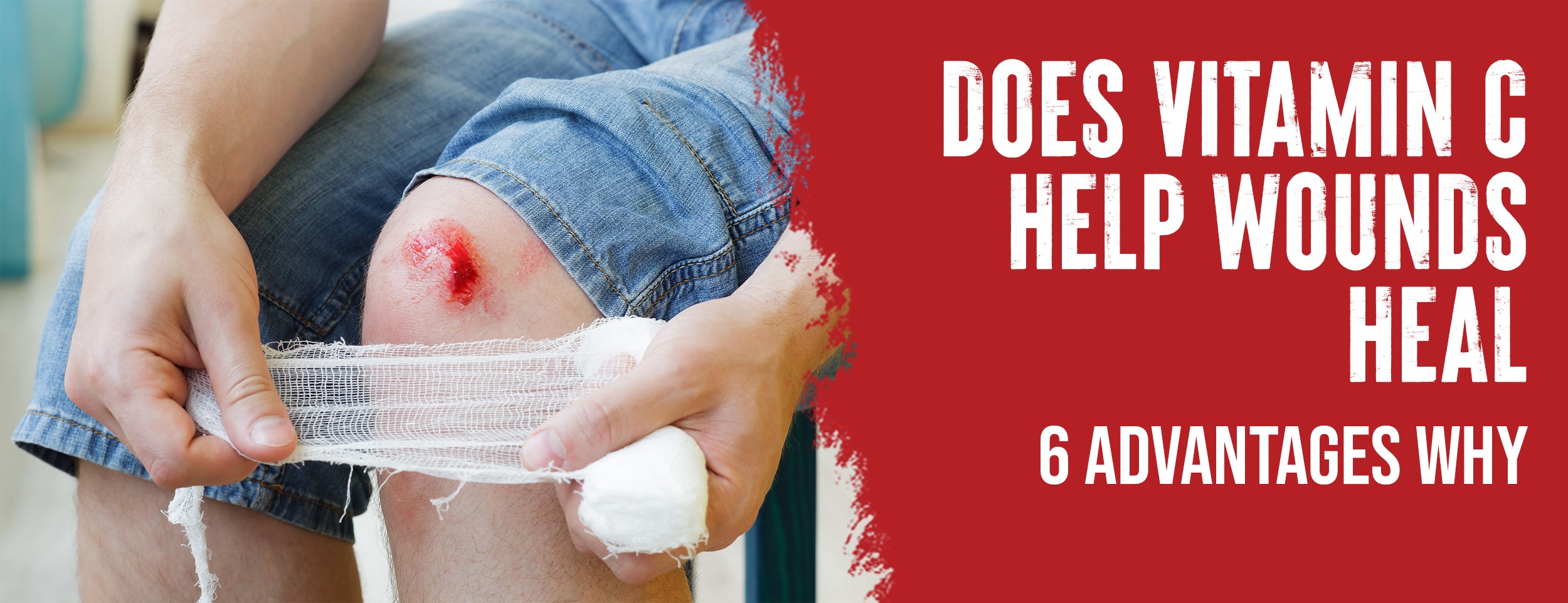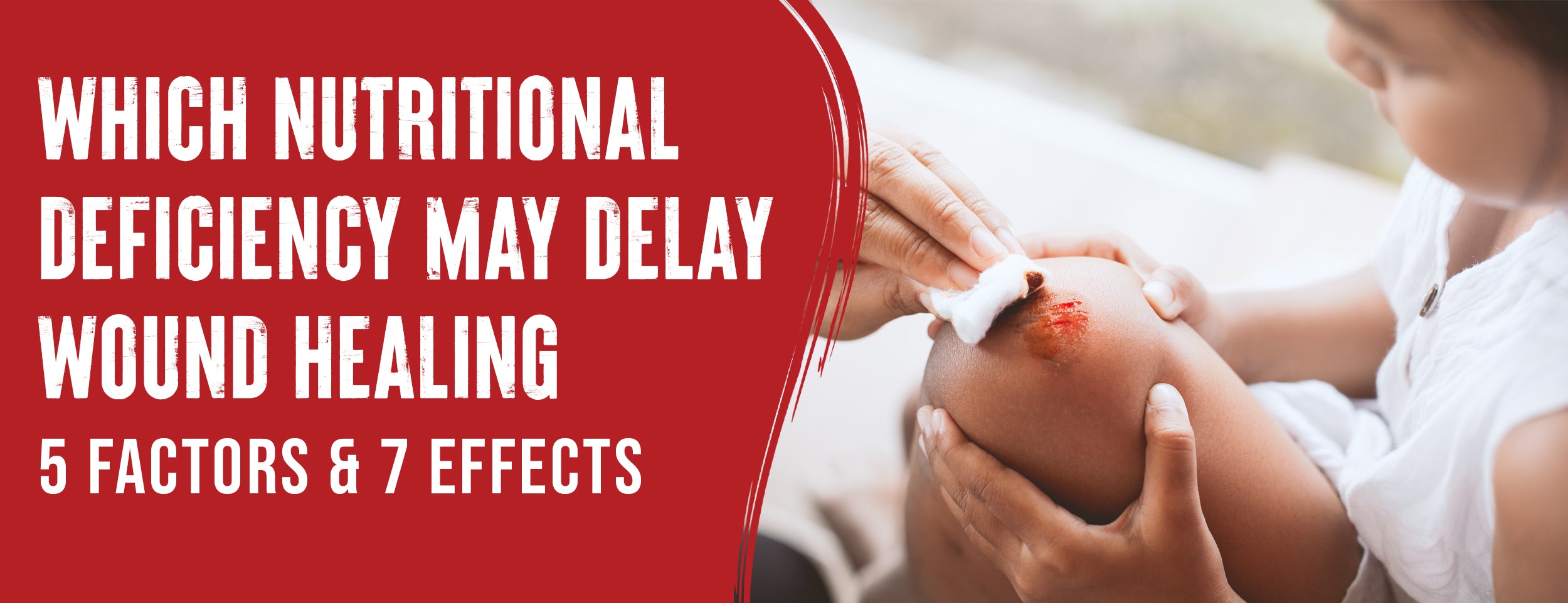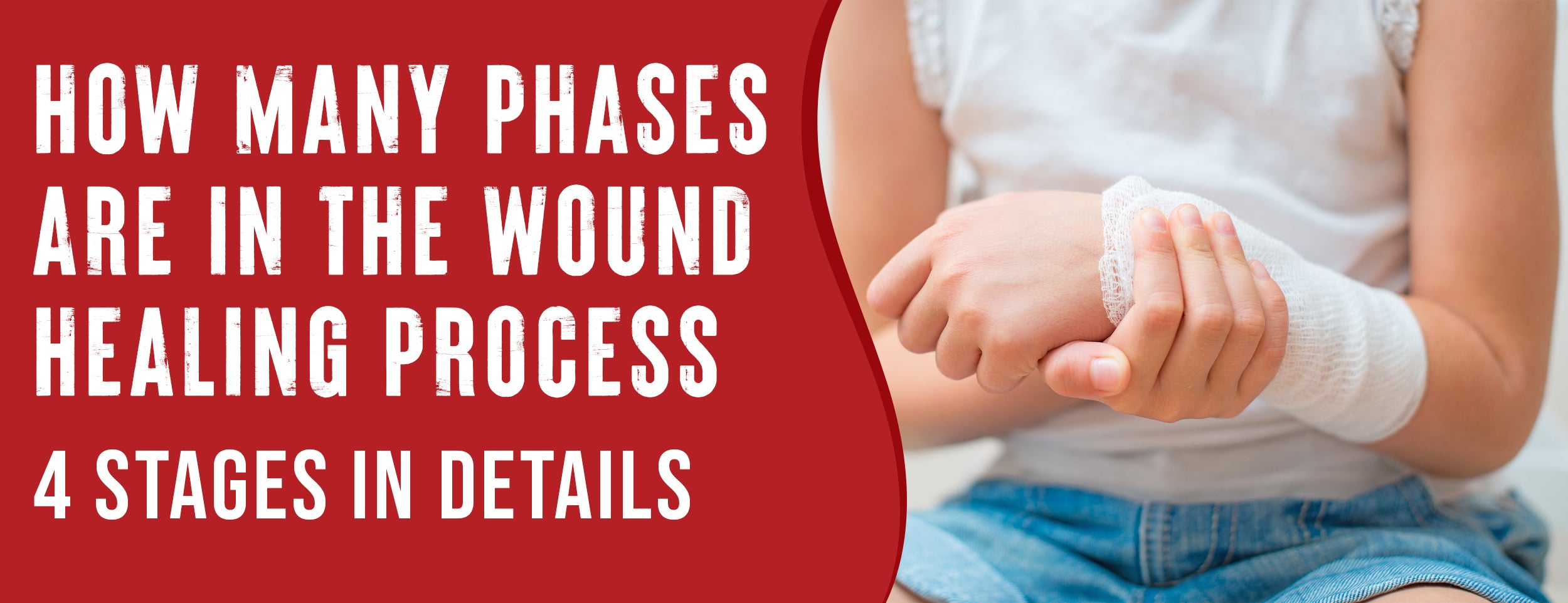Diabetes wounds can be tricky to manage, but you can take several steps to speed up healing.
Make sure to wash your hands with soap and water and rinse off the wound with warm water. To stop bleeding, apply pressure. Cover the wound with an antibiotic cream and a bandage.
Wounds can significantly impede healing, leading to severe complications and even amputations. There are several ways to manage and speed up the healing process of diabetic wounds.
In this blog post,We'll look at factors affecting diabetic wound healing, tips to manage wounds, home remedies for faster recovery, medical treatments, & ways to prevent diabetic wounds. Understanding wound care is crucial for those with diabetes.
How Can a Diabetic Wound Heal Faster: Home Remedies and Medical Care

A potential complication of diabetic wounds is the development of wounds that take longer to heal due to weakened immune systems and poor circulation. Infections can therefore be prevented, and long-term complications prevented through effective treatment. We will explore the most effective ways to accelerate diabetic wound healing.
Diabetic Wounds: 4 Home Remedies
Several home remedies have shown promise in aiding healing. Incorporating these natural remedies into your wound care routine can enhance recovery. Here are some practical options:
Honey
Honey has been recognized for its remarkable healing properties for centuries. It boasts antibacterial, anti-inflammatory, and antioxidant qualities, making it a valuable asset in wound care. When used on diabetic wounds, honey can:
- Stimulate tissue regeneration and wound closure.
- Create a protective barrier against infections.
- Reduce inflammation and pain.
- Accelerate the removal of dead tissue.
Aloe Vera
Aloe vera is renowned for its soothing and cooling effects on the skin. This natural gel-like substance can be particularly beneficial for diabetic wounds due to its ability to:
- Enhance collagen production, aiding in wound healing.
- Alleviate pain and discomfort.
- Reduce the risk of infections.
- Minimize scarring and promote healthier skin.

Turmeric
Turmeric contains curcumin, a compound with potent anti-inflammatory and antioxidant properties. Incorporating turmeric into wound care can:
- Expedite tissue repair and wound closure.
- Mitigate oxidative stress and inflammation.
- Prevent bacterial growth and infections.
- Improve overall skin health in the wound area.
Essential Oils

Certain essential oils possess antimicrobial and wound-healing properties that can be harnessed for diabetic wound care. Essential oils like tea tree oil, lavender oil, and chamomile oil can:
- Aid in combating infections.
- Promote circulation and cellular regeneration.
- Reduce pain and swelling.
- Contribute to a more conducive healing environment.
Diabetic Wounds: 3 Medical Treatments
While home remedies offer valuable support, medical interventions remain pivotal in managing diabetic wounds effectively. Medical treatments provide specialized care that can address the unique challenges presented by these wounds. Consider the following options:
Debridement
Debridement involves the removal of dead or infected tissue from the wound, facilitating healthy tissue growth. This procedure can:
- Prevent the spread of infection.
- Promote faster healing by allowing healthy tissue to thrive.
- Enhance the efficacy of topical treatments.
Antibiotics
In cases where diabetic wounds become infected or pose a risk of infection, antibiotics play a crucial role. They:
- Combat bacterial infections effectively.
- Prevent the disease from worsening.
- Contribute to a sterile wound environment.
Hyperbaric Oxygen Therapy
Hyperbaric oxygen therapy (HBOT) involves breathing pure oxygen in a pressurized chamber. This treatment can:
- Increase oxygen levels in the blood, promoting tissue repair.
- Enhance the body's natural healing processes.
- Improve blood circulation to the wound area.
- Aid in the management of chronic, non-healing wounds.
Diabetic Wounds: Prevention and Controlling Tips
Diabetes wounds require diligent care and attention to heal correctly and avoid complications. Proper foot care and prevention can promote faster healing and promote optimal foot health in people with diabetes. Preventing diabetic wounds and effectively controlling them requires the following strategies:
Diabetic Wounds: 4 Preventions
Proactive measures are paramount in preventing diabetic wounds from developing in the first place. Here are some essential strategies to consider:
Inspect Feet Daily

A daily foot inspection routine can serve as an early warning system, allowing you to detect potential issues before they escalate. Regular foot checks involve:
- Thoroughly examining the tops, soles, and sides of your feet for any signs of redness, swelling, blisters, cuts, or abrasions.
- Using a mirror or seeking assistance if you have trouble inspecting hard-to-see areas.
Wear Proper Footwear
Footwear selection is a cornerstone of diabetic foot care. The right shoes can provide adequate protection and minimize friction and pressure on vulnerable areas. Consider the following guidelines:
- Opt for shoes that fit well, provide ample toe room, and have a cushioned sole.
- Look for shoes with proper arch support and cushioning to distribute weight evenly.
- Avoid wearing open-toed shoes, high heels, and shoes with seams or stitching that can cause friction.
Control Blood Sugar Levels
A stable blood sugar level is vital for overall health and is pivotal in preventing diabetic wounds. Consistently manage your blood glucose levels through the following:
- Adhering to your diabetes management plan, including medication, diet, and exercise.
- Monitoring your blood sugar levels as advised by your healthcare provider.
Get Regular Check-Ups
Scheduled visits to your healthcare professional can help detect potential issues early and provide personalized guidance. Regular check-ups should encompass the following:
- Foot examinations by a healthcare provider to assess circulation, sensation, and overall foot health.
- Discuss any concerns, changes, or discomfort you may have experienced.

Diabetic Wounds: 4 Tips for Controlling
Where diabetic wounds do arise, prompt and effective controlling is essential to minimize complications and expedite healing. Employing the following strategies can contribute significantly to the successful treatment of diabetic wounds:
Keep the Affected Area Clean
Maintaining proper wound hygiene is critical to prevent infections and promote healing. Steps to ensure cleanliness include:
- Gently cleanse the wound with mild soap and lukewarm water.
- Patting the wound dry with a clean, soft towel, avoiding rubbing or friction.
- Refraining from using harsh antiseptics that may delay healing.
Apply Appropriate Dressings

Choosing the right dressing for a diabetic wound is integral to creating an optimal healing environment. Understanding different dressing types and making informed choices is key to effective wound care.
Types of Dressings:
Choosing the Right Dressing:
- Consider the wound's exudate level and size when selecting a dressing.
- Consult a healthcare provider for guidance on dressing choice, especially for deeper or infected wounds.
Elevate the Affected Area
Elevating the affected foot can aid in reducing swelling and enhancing blood circulation. Follow these steps:
- Prop up your foot on pillows to elevate it above heart level when sitting or lying down.
- Avoid prolonged periods of immobility to prevent complications.
Use Pressure-Relieving Devices
Pressure-relieving devices can help redistribute weight and minimize stress on the affected area. Explore these options:
- Orthotic shoe inserts: Customized inserts can provide additional support and cushioning.
- Offloading devices: Specialized devices like diabetic shoes or boots with pressure redistribution features can reduce pressure on specific areas.
- Casts or braces: When recommended by a healthcare provider, these devices can aid in offloading pressure from wounds.
Diabetic Wound Healing: 4 Factors that Affect
Several factors can significantly influence the rate and success of diabetic wound healing. Understanding these factors is essential for individuals with diabetes to take proactive steps in managing their wounds and achieving optimal healing outcomes. Let's delve into the key elements that impact diabetic wound healing:
Blood Sugar Levels

Stable blood sugar levels are essential for wound healing. Elevated blood glucose levels can impede the body's natural healing processes and lead to complications. Consider the following:
- Hyperglycemia effects: High blood sugar can disrupt circulation and impair the immune response, delaying wound healing.
- Glycemic control: Consistently manage blood sugar through proper medication, diet, and lifestyle choices.
- Monitor regularly: Regularly check blood sugar levels as your healthcare provider advises.
Age
Age plays a significant role in the body's healing capacity. While individuals of all ages can experience diabetic wounds, older individuals may encounter slower healing due to factors such as:
- Reduced collagen production: Aging skin produces less collagen, a vital component in wound repair.
- Diminished circulation: Blood vessel elasticity decreases with age, affecting nutrient and oxygen delivery to the wound site.
- Comprehensive care: Older individuals should prioritize wound care and work closely with healthcare professionals to enhance healing.

Nutrition
Nutrition provides the building blocks necessary for wound healing. A well-balanced diet can optimize the body's healing mechanisms. Consider these nutritional factors:
- Protein intake: Protein is crucial for tissue repair and immune function. Adequate protein consumption supports wound healing.
- Vitamins and minerals: Nutrients like vitamins C, A, and zinc contribute to collagen production and wound healing.
- Hydration:Proper hydration supports circulation and helps maintain a moist wound environment.
Smoking
Smoking significantly impedes wound healing, particularly for individuals with diabetes. Smoking affects wound healing by:
- Reduced blood flow:Nicotine constricts blood vessels, limiting oxygen and nutrient delivery to the wound.
- Delayed immune response: Smoking weakens immune system's ability to fight infections.
- Collagen impairment:Smoking hinders collagen production, a vital element in wound healing. Quitting smoking is crucial to enhance wound healing outcomes and overall health.
Conclusion
Diabetic wounds can be a challenging complication of diabetes, but there are several ways to speed up the healing process. Effective treatment involves using a combination of home remedies and medical procedures and maintaining good hygiene and healthy lifestyle habits.
If you have a diabetic wound, speak to your healthcare provider to develop an individualized treatment plan that is right for you.










![11 Types & 7 Benefits of Wound Ointments [Most Effective]](http://drnumb.com/cdn/shop/articles/What_Ointment_Is_Best_For_Wound_Healing__14_Types_7_Benefits.jpg?v=1716200317)




